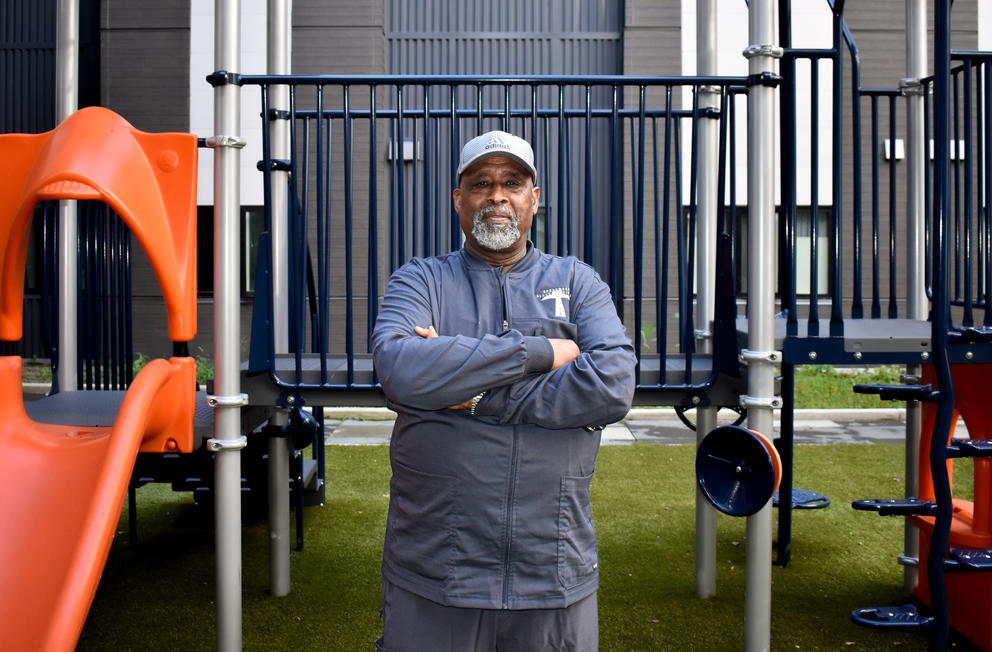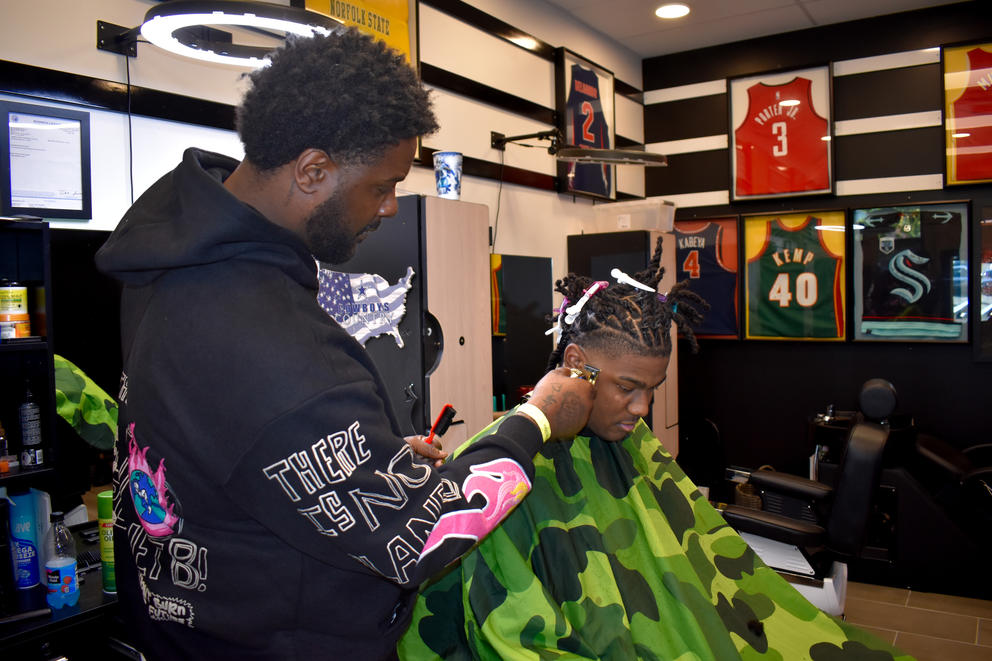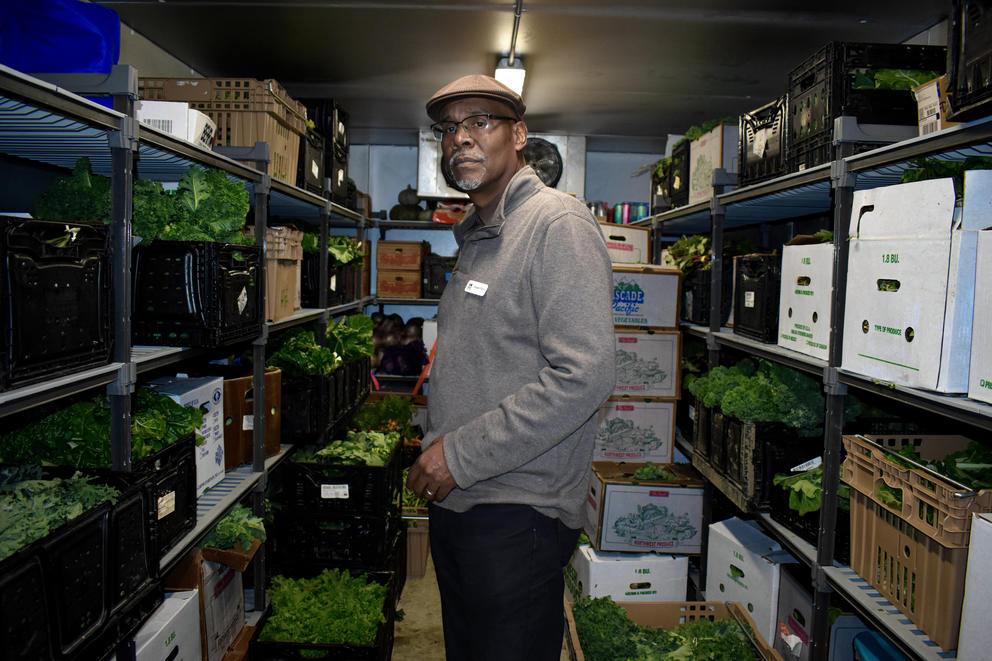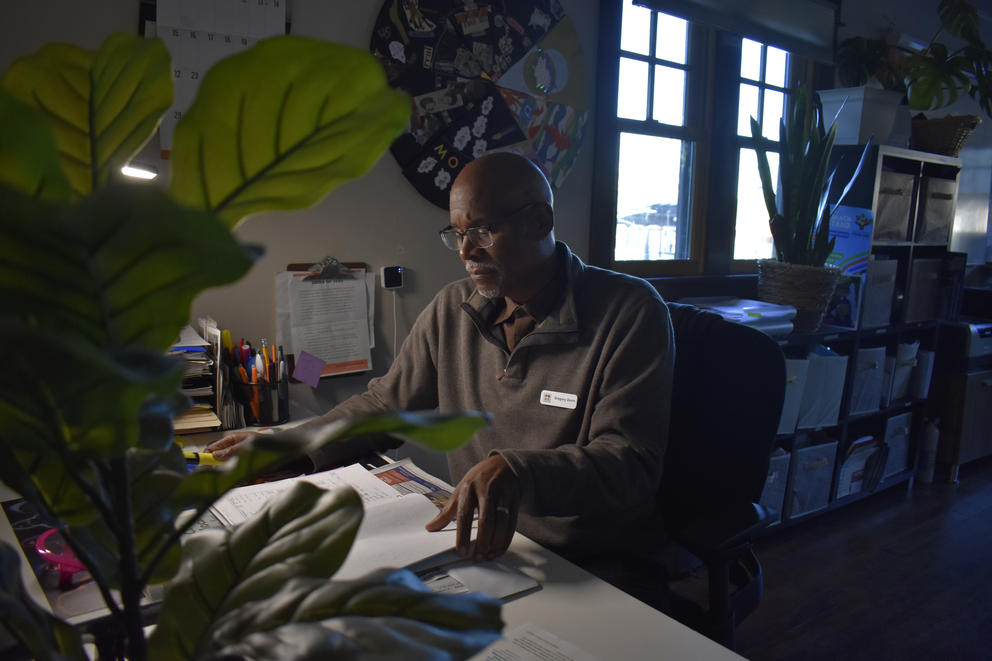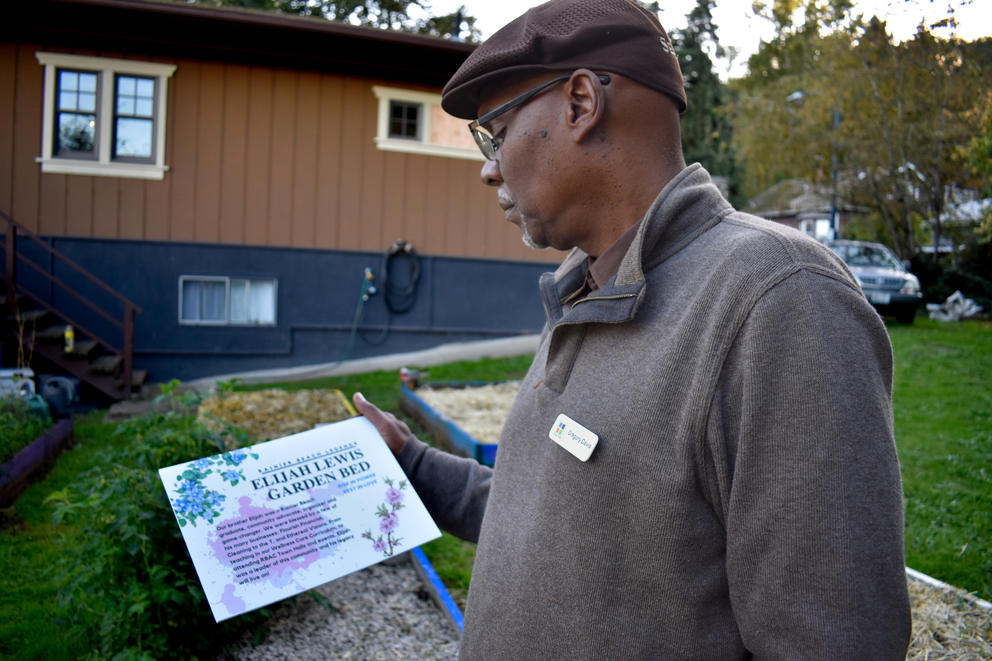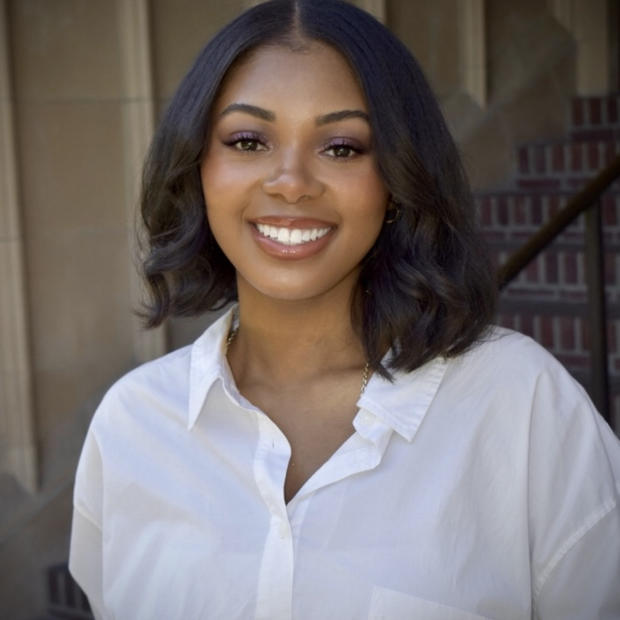Delgardo is the executive director of Rainier Beach Resource Center (RBRC), which includes several educational programs like the Northwest Black Pioneers (NWBP), an organization established in 1987 that provides minoritized youth with college readiness resources – notably a tour that brings dozens of area high school students to visit over 22 Historically Black Colleges and Universities.
He also owns a child care center, and formerly coached high school sports.
“I love taking care of young kids and educating young kids, and that’s all I’ll ever do,” Delgardo said. “I stay in my lane to do what God has called me to do, and that’s to serve my community. I will beg, fight, and do anything in order to take care of my community.”
In 2016, before construction, Delgardo approached the developers of Polaris at Rainier Beach. He inquired about the ground-floor commercial space in the five-story apartment complex. At the time, the developers had their eyes set on bringing a YMCA to the space, until community members advocated in Delgardo's favor.
M.A.R.S. Early Learning Academy serves children 6 weeks to 5 years old. Robert Delgardo and his wife Tracey are equally active inside and outside the classroom, providing food, clothing, and housing assistance to families within their academy. A child care worker watches several children at the center on October 12, 2023. (Chardonnay Beaver for Crosscut)
Polaris at Rainier Beach opened in 2022 at Rainier Avenue South and 54th Avenue, with Delgardo leasing the ground-floor level. Not only does the space house the Rainier Beach Resource Center, which includes Northwest Black Pioneers and M.A.R.S. Early Learning Academy, but one of the storefronts is home to 8820 BarberShop LLC.
Delgardo says his efforts are an anti-displacement strategy “to build generational wealth within the community.” Delgardo funded his venture through personal funds and the Rainier Valley Community Development Fund, a lending institution aiming to serve minoritized businesses.
It’s just one way that community members are pushing back against gentrification. Other Black-led organizations and businesses are working to remain in Rainier Beach by enrolling in the city of Seattle’s anti-displacement programs, designed to sustain culturally vibrant neighborhoods like Rainier Beach.
Between 2013 and 2015, community groups representing Rainier Beach, the Central District and the Chinatown-International District gathered to address concerns about their neighborhood plans. As three of Seattle’s most culturally diverse areas, displacement had become a threat due to gentrification and the overpriced housing market.
Rainier Beach is one of the most racially diverse neighborhoods in Seattle. According to the city, 70.9% of Rainier Beach residents are people of color, and nearly one out of four residents is Black. Thus race is an unavoidable topic. Though bonded by their resilience, Rainier Beach has historically bore the brunt of poverty and persistent safety concerns. These were critical factors in addressing the city’s neighborhood plan.
Out of these efforts came the Office of Planning and Community Development (OPCD), which supports minoritized communities through an equitable approach to planning and community investment. OPCD is responsible for stewarding several initiatives and projects, one being the Equitable Development Initiative (EDI).
EDI provides three funding pathways for applicants: capacity building, land acquisition and capital, according to program manager Giulia Pasciuto.
“The best-suited leaders are by and for the community. We had to make an argument that this was a great investment,” Pasciuto said. “One way you can turn the tide of displacement is to invest in community-owned property.”
Since 2016, EDI’s projects have included Byrd Barr Place, Casa Latina and Central Area Youth Association (CAYA), as well as Duwamish Longhouse – just to name a few throughout the city. It might also help Melba Ayco, affectionately known as Miss Melba, the owner of Northwest Tap Connection.
When Ayco and her husband decided to open their own tap studio in 2006, they knew it had to be in Rainier Beach. “We need for young people who are in Seattle to be rooted in artistic communities so that this becomes their home. Because when it becomes your home, regardless if you may go to work in New York, you’re gonna come back home, to give back to your home community,” Ayco said. “And until we can really build that, we’re going to keep on having this vicious cycle of artists that come up, they get the training, and then they go somewhere else.”
The studio took a financial blow in 2020 when a class enrollment of 12 declined to four. While rapid development is happening in Rainier Beach, Ayco is writing a narrative to protect the future of Northwest Tap Connection for years to come.
She is now enrolled in a land acquisition program through EDI, which helped Northwest Tap Connection secure a lease for the ground-floor space of Mt. Baker Housing’s newest affordable-housing project at the corner of Rainier Avenue South and South Cloverdale Street.
Ayco also credited other community organizers with helping to preserve the cultural legacy of Rainier Beach.
“I think that gentrification has really impacted this community. My husband and I weren’t forced to be here. We chose to be here to be a part of a change that we were seeing that was happening under the leadership of Gregory Davis,” Ayco said.
Gregory Davis needs no introduction, at least in Rainier Beach and the Central District.
He’s a community organizer and co-founder of the Rainier Beach Action Coalition (RBAC), formerly Rainier Beach Moving Forward. At its core, RBAC stewards the neighborhood plan to build neighborhood capacity, Davis says. That includes improving neighborhood safety, food justice, transportation accessibility and housing security. RBAC reaches the community through annual back-to-school bashes, hybrid town hall meetings and farm stands.
RBAC is also the leading organization in the Rainier Beach Economic Development Roundtable. Established in 2016, the RBAC provides tools for organizations and businesses to engage with developers or city-based departments like OPCD and EDI. This is referred to as the “community partnership developer framework,” Davis said.
RBAC also equips businesses and organizations in the neighborhood through negotiating partnership agreements, training to facilitate negotiations and overseeing permitting for neighborhood developments.
“When any developer seeks to put a building plan, the department of construction has to talk with RBAC,” he said. “Through those approaches we’ve been able to influence the development.”
RBAC has received grants from OPCD and EDI as well as Washington’s Department of Commerce. The RBAC’s Growth Center, a workspace that innovatively features a neighborhood produce market, is set to open this year at the corner of South Martin Luther King Jr. Way and Fairbanks Street. The center is merely one approach to further health and wellness through their “food policy council,” Davis said.
The promise of food justice will also include eventually converting that block of South Martin Luther King Way into a lively Food Innovation Center, a community resource hub intended to house a food bank, community college classrooms, even a rooftop greenhouse. The presence of the Rainier Beach Link light-rail station invites continual pedestrian activity, which the Food Innovation Center aims to leverage to advance the neighborhood’s economic growth.
The Rainier Beach neighborhood plan was broken into four concrete elements that include a call to action, community development strategies and desired outcomes. Though these changes in the neighborhood will occur rapidly, everything has been intentional to ensure a road map for success through an anti-displacement approach, according to Patrice Thomas, a program manager at OPCD and former community coordinator with Rainier Beach Moving Forward.
“Not everybody is going to be a developer, but everybody deserves to see themselves in the development,” Thomas said.
Neighborhood planning can be emotionally laborious for Black residents, especially as some grapple with the daily demands of survival and threat of displacement. Still, Thomas encourages residents to remain curious about the changes occurring around them and to always ask questions.
Funding is critical to preserving the legacy of these organizations, but it’s not the be-all and end-all.
“I feel that King County is trying to make a difference. But the problem is that the scope of that difference is huge. So closing the gap is not so easy as saying ‘Oh, we have grants.’ We have grants because there’s so many needs that have been sitting there historically for years,” Ayco said.
Gregory Davis and the Rainier Beach Action Coalition staff arranged several garden beds, with each label named after a community member. The one he’s holding honors Elijah Lewis, a 23-year-old community organizer and entrepreneur from Rainier Beach who was shot and killed on Capitol Hill in April. (Chardonnay Beaver for Crosscut)
A major component of socioeconomic progress in Rainier Beach is equipping businesses and organizations with the tools to empower themselves and the next generation. Black-led organizations are working to preserve their legacy in the very neighborhood they will no longer recognize.
“Right now the only thing we can do is take care of the space we live in and make sure that it’s safe, because that’s the first thing that’s important right now,” Delgardo said. “We have to be able to pull together and make sure that we have a safe community, that each of us can feel comfortable in.”

